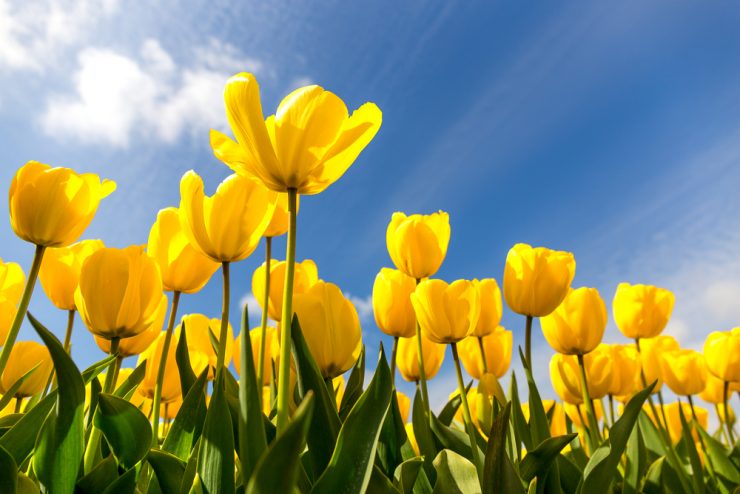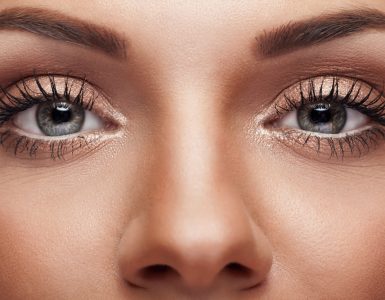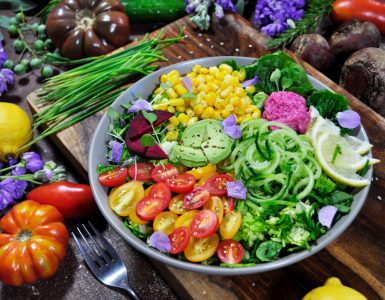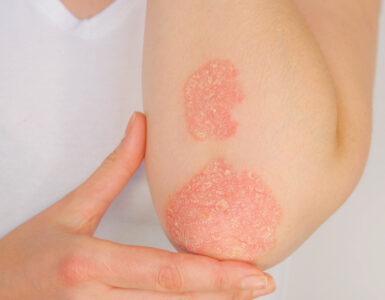Flowers are pleasing to our senses but their benefits don’t stop there. Many of our favourite summer garden blooms have great herbal medicinal properties too.
Medical herbalist Gabriella Clarke shares her pick of the bunch.
CAMOMILE (Compositae/Asteraceae)
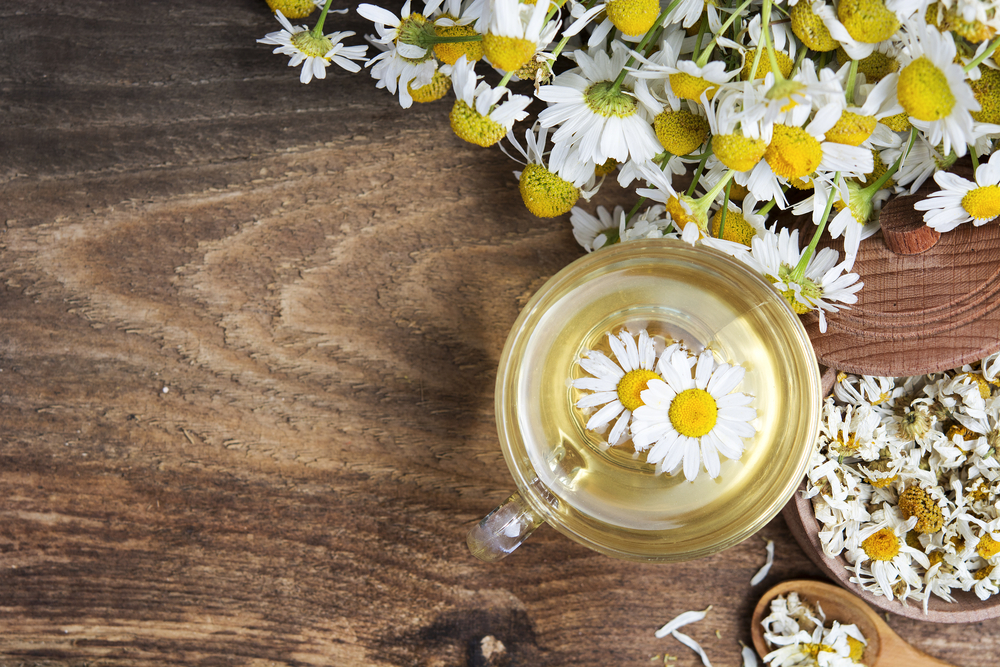
One of the top herbal remedy for sleep problems, camomile with its pretty daisy-like flowers belongs to the sunflower family. There are two varieties Roman (Chamaemelum nobile) and German (Matricaria recutita), with the German being the most researched. The Greeks knew the herb as ground apple (khamai melon) so called because of its characteristic aroma of over-ripe apples.
The healing powers of camomile have been valued for more than 4,000 years. In ancient Egypt, it was considered sacred and dedicated to the sun god Ra, as the religious rituals were performed at dawn, so the tiny camomile flower opened its petals. The ancient Arabic doctors used camomile, as did the Saxons, often as a soothing remedy for gastrointestinal problems.
These days its anti-inflammatory, antacid, anti-parasitic, anti-spasmodic and sedative properties continue to make camomile a household favourite for problems ranging from menstrual cramps to spasms associated with IBS. It is also used for anxiety, stress and insomnia as well as allergic reactions such as eczema, asthma and hay fever.
Try it: To make your own tea put two teaspoons of dried flowers in a mug of boiling water and allow to infuse for 10 minutes before drinking. Add lemon or honey to taste.
LAVENDER (L. angustifolia)
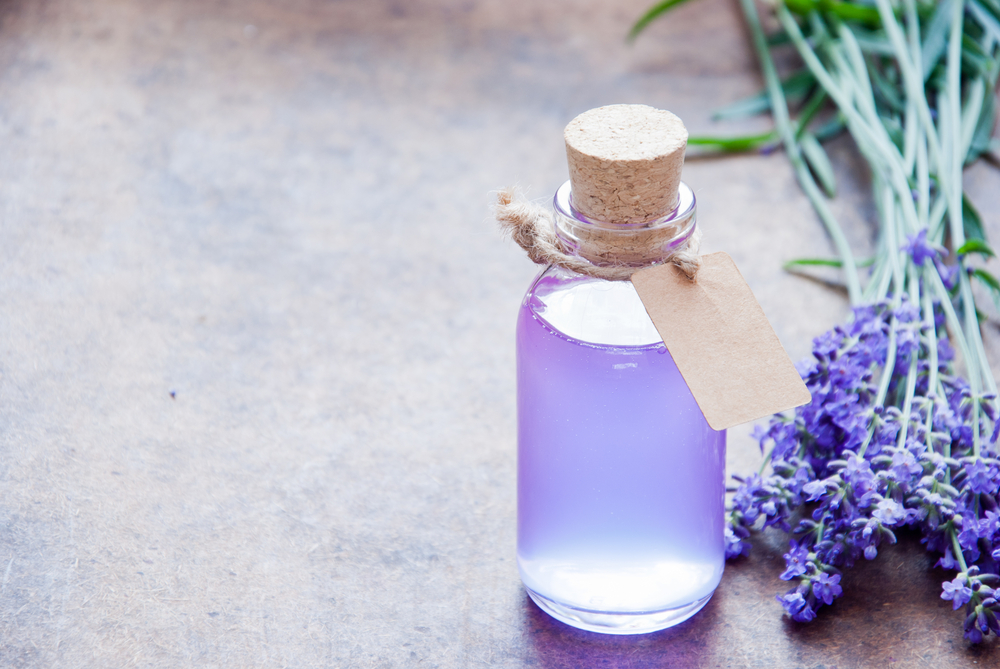
Lavender has been popular for its calming, soothing properties for thousands of years. Native to France and the western Mediterranean, lavender is a hardy shrub now grown worldwide. There are between 25 and 30 species, but English lavender (L.angustifolia) is the one used in herbal medicine. Its aromatic flowers are distilled to produce lavender oil, which is used medicinally and in the cosmetic and perfume industry.
Traditionally valued as an antiseptic, lavender oil is also used as a relaxant and sedative. Research also shows it may be an effective treatment for fungal infections such as athletes foot. It is also sometimes used as an insect repellent.
One of the few essential oils that can be applied directly on the skin, lavender can be used to help treat spots and blemishes as well as to help heal minor wounds.
Try it: For stress why not try a lavender bath. Simply add six drops of oil directly to the water to wash away tension. Alternatively, pop a sprig under your pillow to help you sleep.
CALENDULA (calendula officinalis)
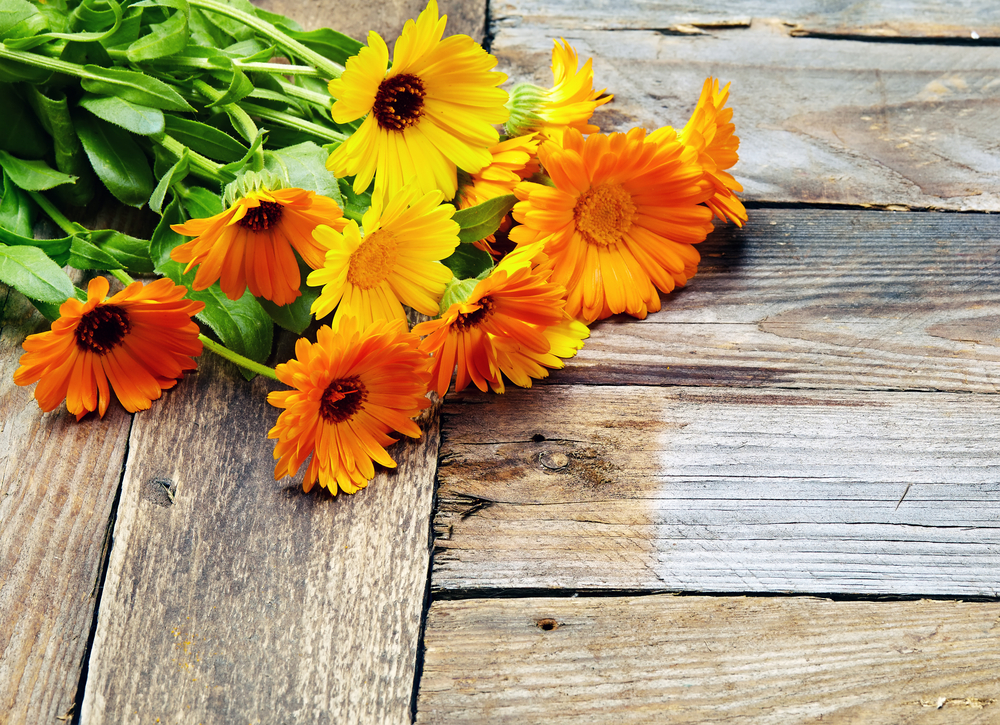
Calendula is a herb of the sun and, according to a 12th century report, simply looking at the plant’s golden colour was thought to lift the spirits and encourage cheerfulness. With its pale green leaves and golden orange flowers, it is native to southern Europe but will grow almost anywhere. In warmer climes it is said always to be in bloom on the calends (last day) of every month hence its Latin name.
Historically, calendula has been used as poor man’s saffron, and adds both colour and flavour to some foods, especially rice and chowders. It was a common sight in European marketplaces during the middle ages and was often made into a soup. These days, marigold petals are sometimes added to salads.
Medicinally, infusions, extracts and ointments prepared with marigold petals were used by folk medicine healers in Europe to induce menstruation, produce sweat during fevers and to cure jaundice. Calendula tinctures, ointments, and creams are still used to speed the healing of burns, bruises, cuts, and the minor infections that they can cause.
Try it: To make an infusion add 25g of dried petals to a pot of 500ml boiling water. Leave to infuse for a few minutes before straining and drinking.

